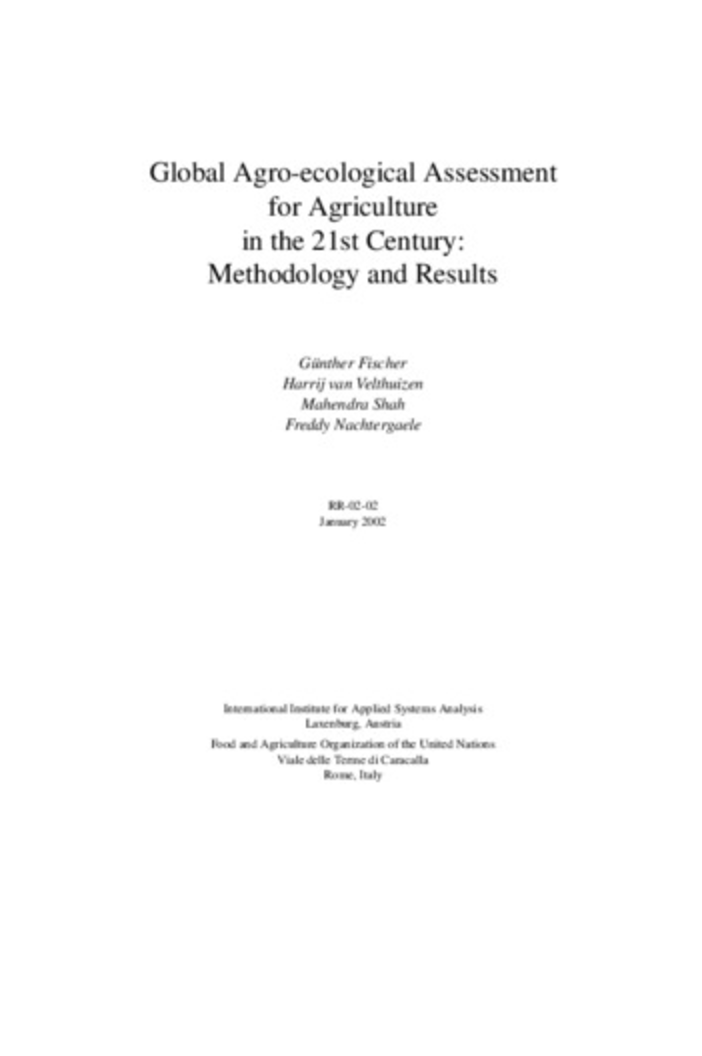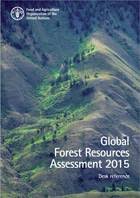Evaluating the Potential of the Original Texas Land Survey for Mapping Historical Land and Vegetation Cover
This paper reports on research to evaluate the potential of Original Texas Land Survey (OTLS) to generate information that can be used to quantitatively map historical vegetation cover and analyse pertinent aspects of vegetation ecology. Research was conducted in Brazos County in east-central Texas. OTLS data are easy to acquire and convert to geo-referenced autecological information.







